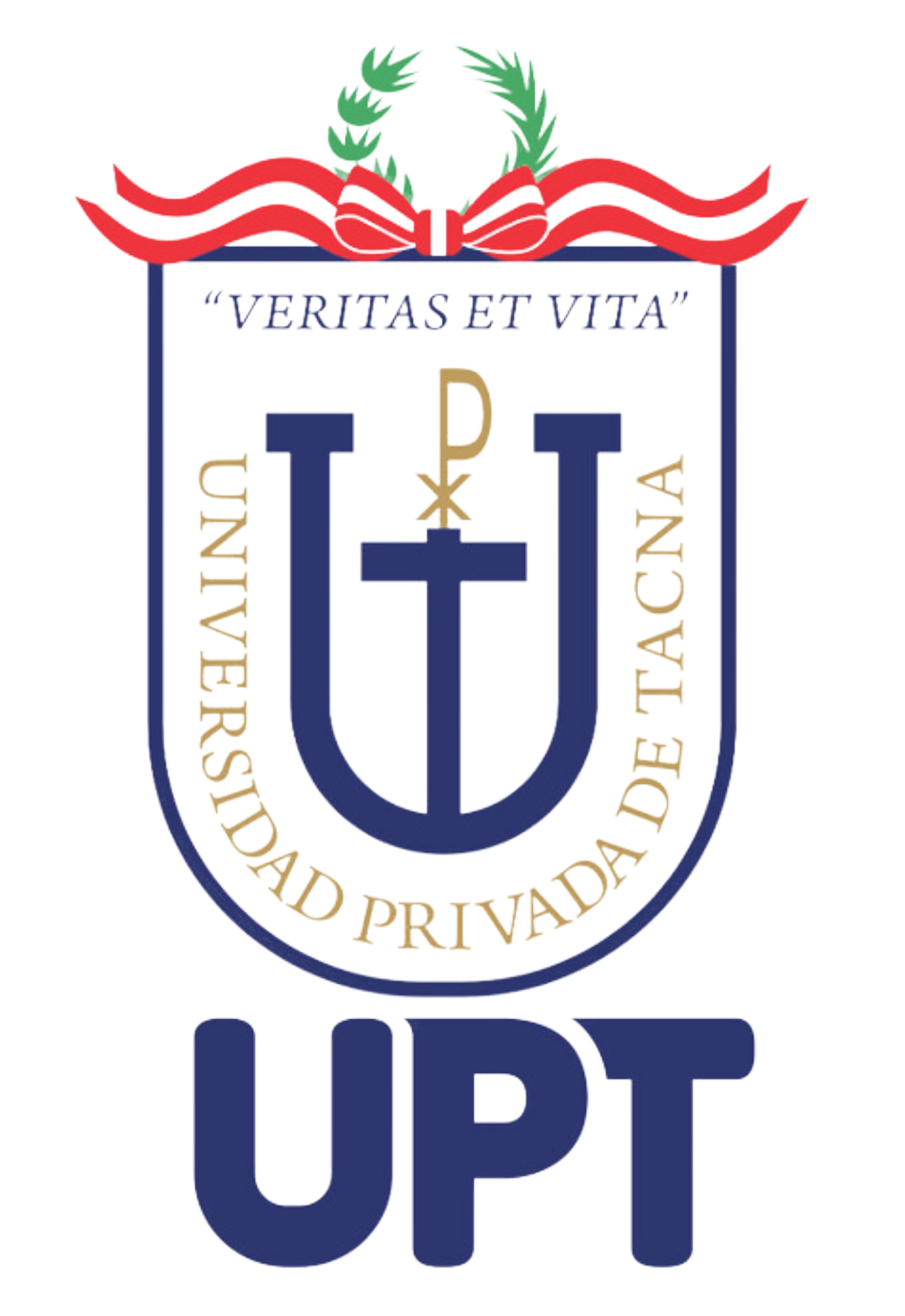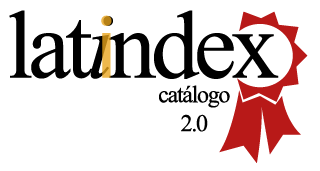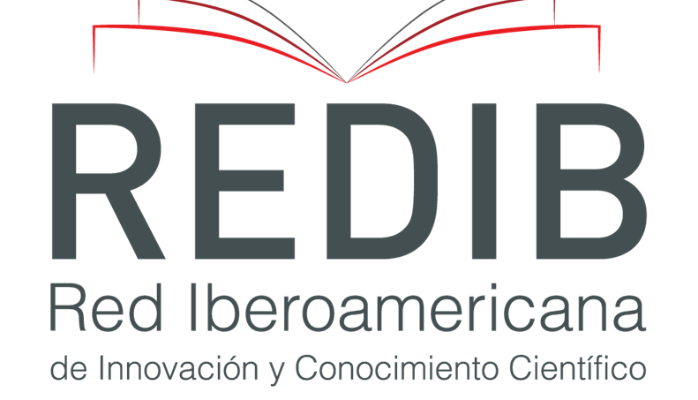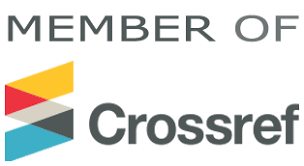Environmental assessment of the agricultural value chain in table olive production
DOI:
https://doi.org/10.47796/ing.v6i00.951Keywords:
sustainable agriculture, environmental assessment, olea europaeaAbstract
The cultivation of olives has been fundamental since ancient times, but it has recently faced challenges that threaten its sustainability. Therefore, the aim of this study was to perform an environmental assessment of the agricultural value chain of table olive production in the district of La Yarada-Los Palos. A non-probabilistic quota sampling was conducted in nine production units, with 61 quotas evaluated through a structured questionnaire of 44 items, which was validated by expert judges. Data was collected between November 2022 and May 2023. It was shown that farmers had been engaged in the activity for about 25 years, with a production of 8.4 tons per hectare, predominantly of the Sevillana variety. Environmentally, greenhouse gas emissions were identified, mainly due to chemical fertilizers and fuel used in machinery. A moderate presence of insects and auxiliary plants were also observed, indicating a relatively balanced agricultural ecosystem. Economically and socially, the sector generates employment for about 20 people per production unit, with an average daily wage of 72.8 soles. Marketing was focused on selling to collectors, with prices of 1.5 soles per kilogram for green olives and 2.5 soles for black olives. Concerns remained regarding profitability and access to financial and technological resources for small producers. The study highlighted the need to improve agricultural practices and promote a more efficient and sustainable value chain to ensure the continuity of table olives as a valuable and environmentally responsible product in the future.
Downloads
Downloads
Published
How to Cite
Issue
Section
License
Copyright (c) 2024 Paola Mirella Flores Totora, Ember Freddy Flores Valencia

This work is licensed under a Creative Commons Attribution 4.0 International License.








